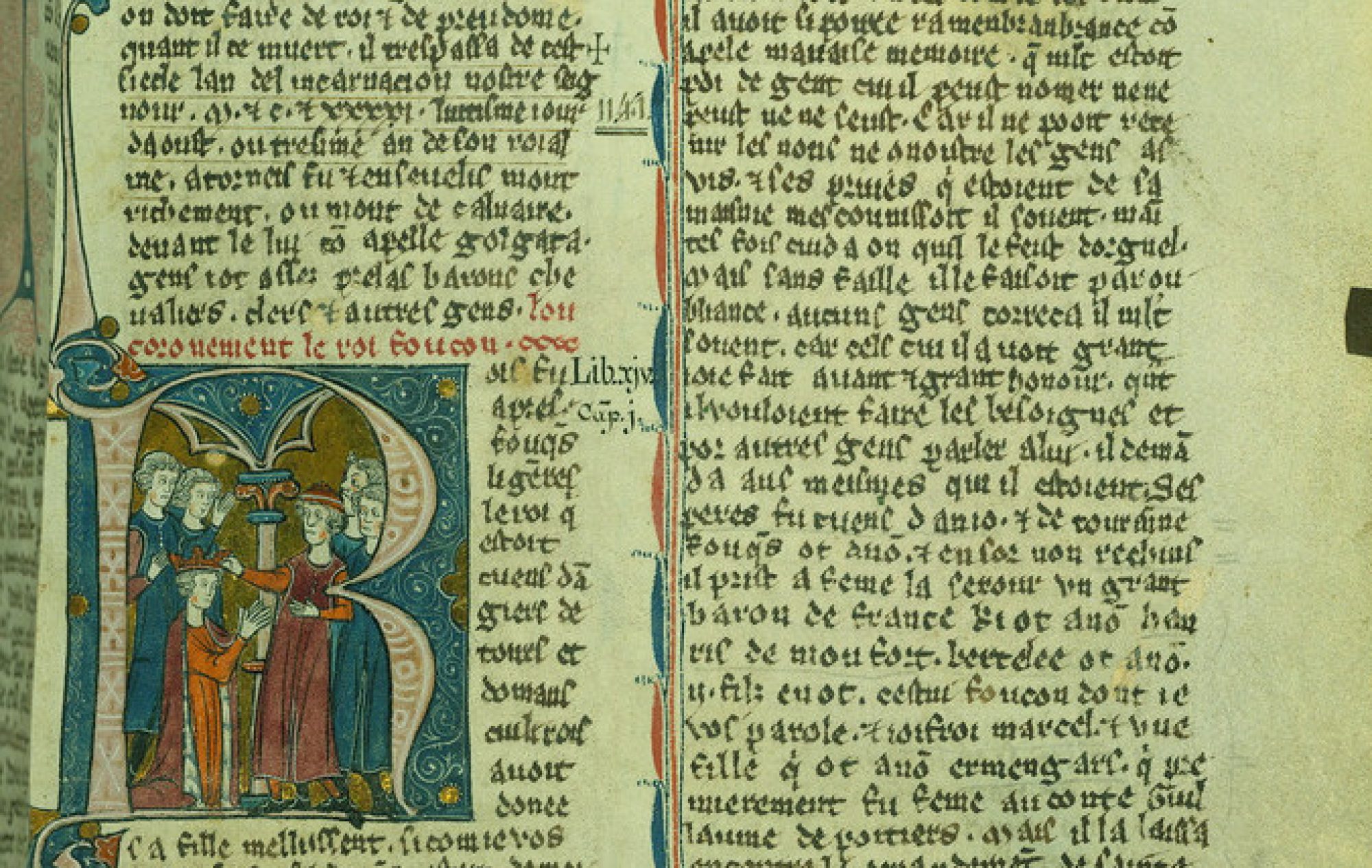Several misconceptions arise with the significant discussion of witchcraft and its role throughout the Middle Ages. For instance, while witch burnings occurred predominantly during the witch craze (1450-1700), the misconception lies in the purpose of the burnings. While it is commonly believed that the burnings occurred in an attempt to save the souls of witches, the burnings were actually a form of punishment for the crime witches committed.1 Consequently, the repression that society had towards witches is clearly portrayed through the burning of witches throughout the Medieval Age, especially during the witch-hunt. Moreover, in relation to social context, witchcraft significantly correlated with times of hardships, to such an extent that warfare, plague, and famine gave rise to increasing accusations of witchcraft (see Little Ice Age for more information).2 However, the analysis of this correlation during this time reveals that the correlation was actually indirect.3 In fact, witches themselves were not directly blamed for the disasters and hardships that occurred throughout the Medieval Age. Instead, the tensions and growing anxiety that developed as a result of the disasters caused people within European society to become more fearful of witches in general.4 Consequently, this caused several people to be ready to make accusations and claims on any basis, especially since witches were significantly repressed by society.
Moreover, in relation to the common image of a witch, there is a misconception of what a witch actually was. While the caricature of an ugly old hag suggests the identity of a witch, the social context of witchcraft and the rise of the witch craze offers a base for what a witch truly was. In fact, the traits that determined conviction as a witch were “begging, grumbling, cursing, and quarreling.”5 This in turn demonstrates the misconceptions of a witch and how certain traits ultimately determined the fate of hundreds of thousands of people. In addition, the examination of the witch craze gives rise to misconceptions of its purpose. For instance, several ‘liberal’ historians claim that the witch craze was a means of “securing the property of the wealthy.”6 However, the facts contradict this view; in southwest Germany there was a proportional distribution of wealth, and in England witches were marginally poorer and came from the labouring class.7 This demonstrates how the witch craze did not have a main purpose of securing wealth, as it is clear that within Europe witches were poor and did not have positions of power. Consequently, there was no clear incentive or veritable ability for witches to undermine the property of the wealthy.

In relation to Joan of Arc, there exists misconceptions of her character and her relation to witchcraft. For instance, despite many believing that she was burned at the stake for being a witch, she was actually burned for being a heretic, as her prosecutors could not find sufficient proof that she was truly a witch. This is supported since prior to the witch craze, burnings were reserved for relapsed heretics (e.g. Jacques de Molay of the Knights Templar). What is more, the mythology of witchcraft was created mainly by Christian theologians.8 The basis of this mythology was equal parts of fear of the devil and of female sexuality.9 With the discussion of female sexuality arises the character of Joan of Arc.
The deviant character traits that Joan of Arc acquired include cross-dressing and participating in male activities (leading armies and fighting in battles). Such behaviour instilled fear in people, which brewed to hatred.10 However, with the discussion of Joan and her role within the Middle Ages, the social and gender issues of the 15th century entered the discussion of witchcraft. This brings a new perspective, especially since witchcraft is usually examined only in relation to religious context. Joan was convicted as a witch and was followed by the persecution of several other women, displaying how a tradition of anti-feminism was converted into intense persecution towards the end of the Middle Ages.11This demonstrates how gender norms and anti-feminism played a significant role in witchcraft throughout the Medieval Age.
In conclusion, the misconceptions of witchcraft during the 15th century and ultimately throughout the Middle Ages are significant in understanding witchcraft in relation to social, religious and historical context. The revelation of these misconceptions allows one to truly grasp a better and clearer understanding of witchcraft. Evidently, one acquires an insight into significant events related to witchcraft such as the witch craze and understand how witchcraft cannot only be analyzed in terms of religion. Witchcraft must be examined with social, political and economic considerations. Additionally, with the examination of Joan of Arc in relation to witchcraft, we gain further knowledge of Joan’s deviance and how she defied gender norms within an anti-feminist society. This played an important role in her conviction as a witch along with society’s perception of her. Overall, the clarification of misconceptions of witchcraft enables us to clearly understand witchcraft and how influential historical and social context is in the development and comprehension of witchcraft during the Middle Ages.
- Joseph R. Strayer, Dictionary of the Middle Ages. Vol.12. Thaddeus Legend- Zwart Noc (New York: Charles Scribner’s Sons, 1988), 661.
- Ibid.
- Ibid.
- Ibid.
- Ibid, 662.
- Ibid.
- Ibid.
- Anne Llewellyn Barstow. “Joan of Arc and Female Mysticism.” Journal of Feminist Studies in Religion 1, no. 2 (1985): 41. http://www.jstor.org/stable/25002016.
- Ibid.
- Ibid, 42.
- Hans Schäufelein, Sorcery and Witch Craze, 16th century, photograph, 1,156 × 1,653 pixels, Martin Luther. En bildmonografi, Stockholm, Sorcery_and_witch_craze.jpg.
